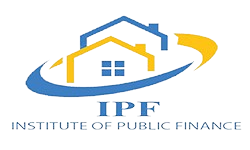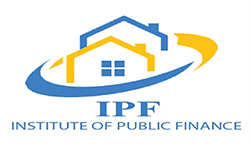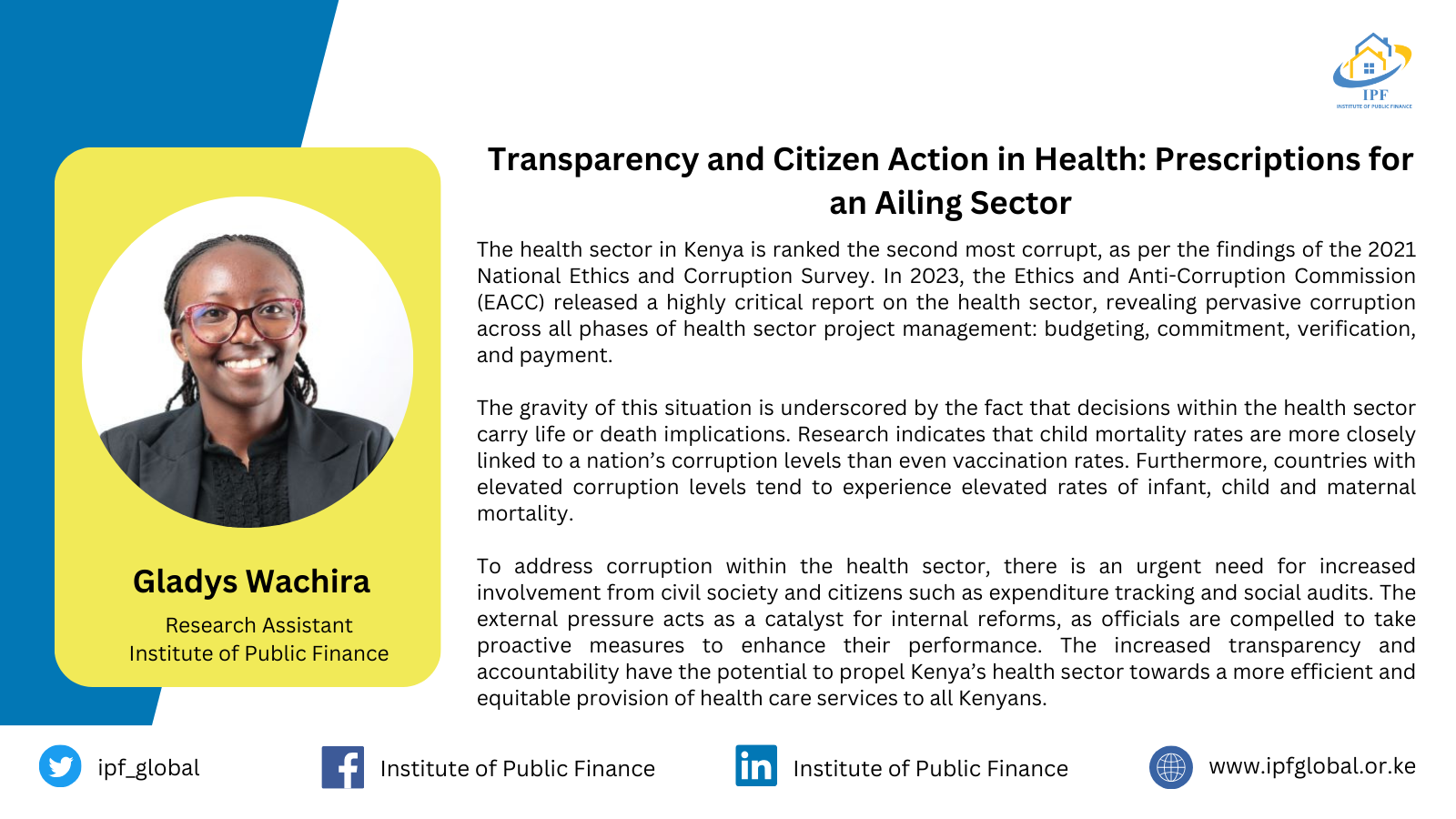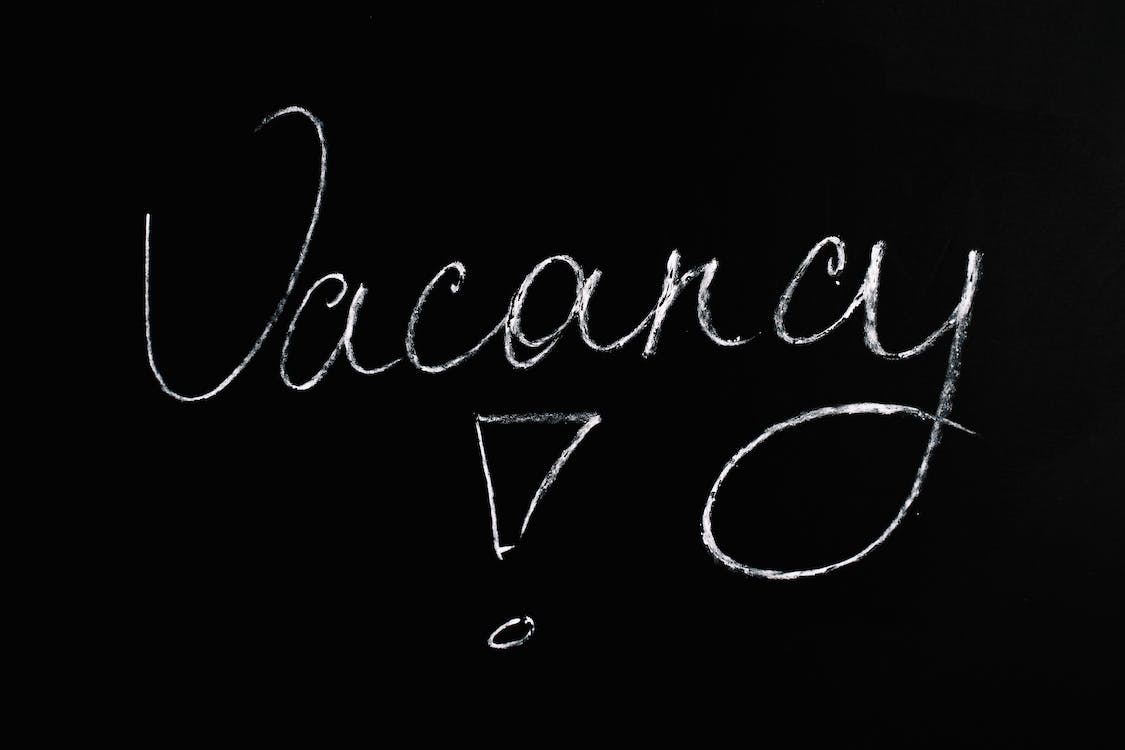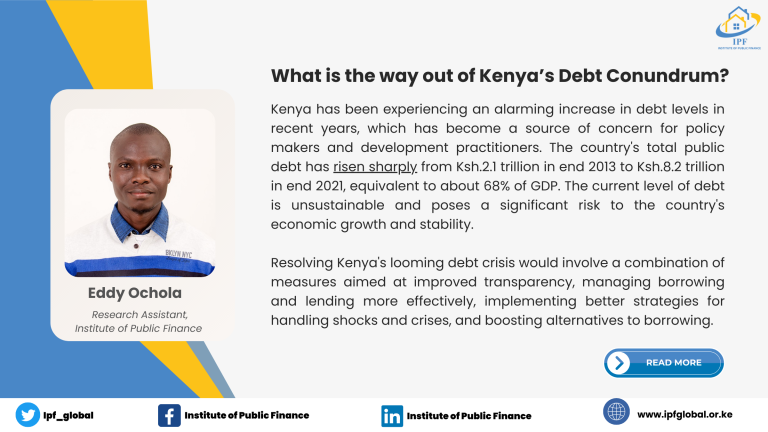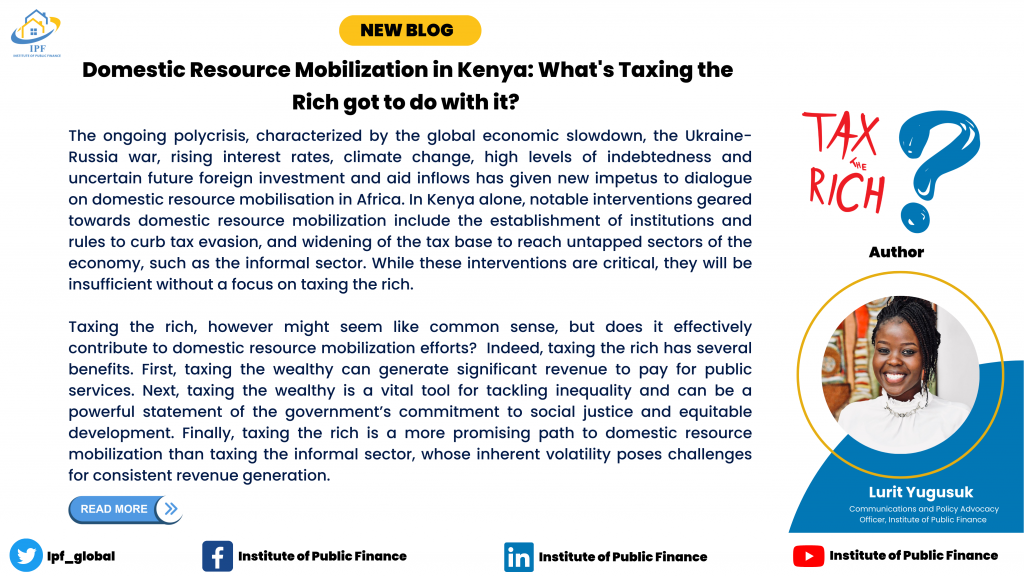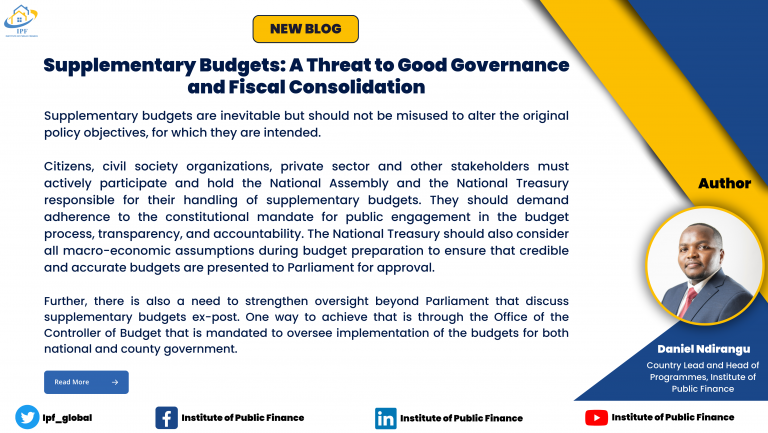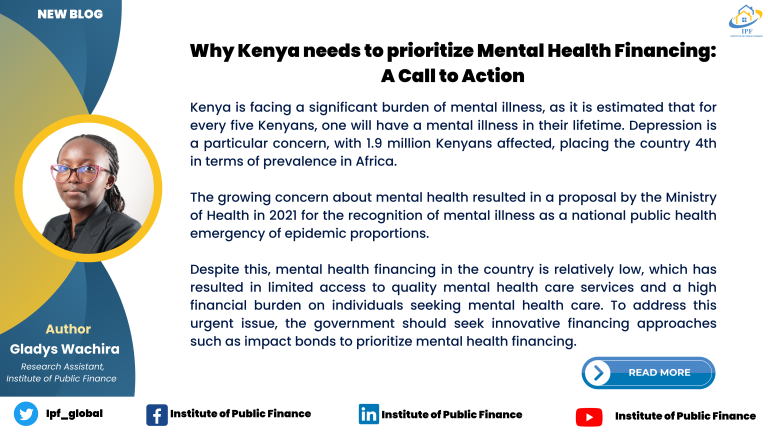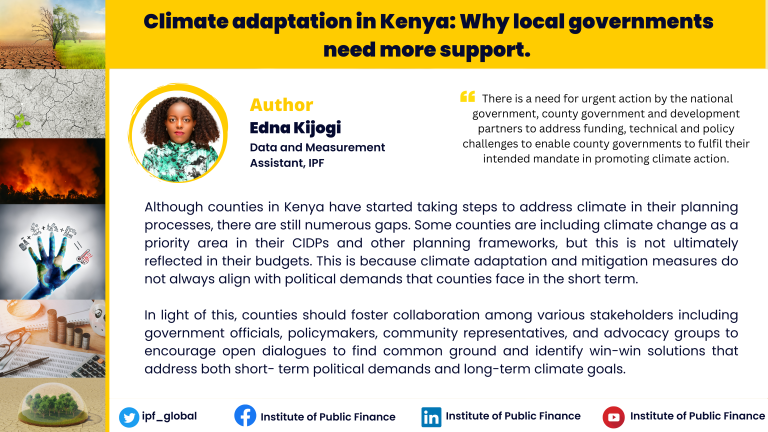In an era of renewed fight against corruption, I believe that 14th June 2018 will bring renewed hope of proper stewardship of our taxes. The Cabinet Secretary for Finance in the Republic of Kenya, Mr. Henry Rotich will deliver the budget statement in the National Assembly highlighting the budget policy and revenue raising measures for fiscal year 2018 /19 and which will inform the country of how the ambitious Kenya Shilling Three Trillion and Seven Billion (KES 3.07 Trillion) budget will be financed. A ten-month formulation and approval stages in the budget process will be coming to an end with one last budget document (Appropriation act) remaining to be assented by the president upon approval by National Assembly.
But how have the processes been like? The Public Finance Management Act, 2012 reshaped our budget making processes both at the national and county level and introduced layers of engagements and multiple players in the equation. Previously, the national treasury was the alpha and omega of budgeting in Kenya with the Parliament playing a rubber stamping role. That is now gone and its evident with what the Hon. Kimani Ichungwah led National Assembly Budget and Appropriations Committee has done with the estimates submitted to national assembly in 2018. With parliament’s role now grounded in law, we have seen the budget committee visit counties for public participation and invite organized interest groups to make submissions on the budget estimates.
The committee in its report to the National Assembly notes that there was overwhelming demand from the public on new projects to be funded but only few could be considered. In this process by the national assembly budget committee to collect views on the budget estimates two clear wins come out; First, public participation has been entrenched and that parliament has a responsibility to take in views from the public while concluding the budget process.
As a result of citizens engaging directly with budget committee, the National Assembly has been called by the committee to approve and allocate resources to projects that were not previously in the budget estimates submitted for approval and these projects include; Riruta-Dagoretti-Kawangware Road ( Nairobi County) which has been allocated Kenya shillings 60 Million, Thwake Bridge (Makueni County) allocated Kenya shillings 150 Million, Kenya shillings 20 million allocated to Coast General Hospital (Mombasa County) for construction of a drugs rehabilitation center, Kenya shillings 40 Million allocated for fencing of Kapenguria Museum (West Pokot) among others.
These allocations by the budget committee show that meaningful public participation is possible. In meaningful public participation, voices of citizens voluntarily participating in the process are heard and everyone intending to participate gets an equal chance to contribute. Secondly, oversight and accountability of public funds has been entrenched in this budget through extra funds allocation to the office of the Auditor General. The Budget and Appropriations committee has proposed an allocation of Kenya shillings one billion for the office of the auditor general with a third of the funds dedicated for outsourcing of audits and other consultancies.
This is a big win for the transparency and accountability as adequate funding to the independent office of the Auditor General is one way of promoting confidence in our public finance management system. While there are clear wins in the budget estimates for the FY 18/19, notable funding cuts should be recognized, and questions asked. One of the notable funding cuts is on the Restorative Justice Fund. It is still fresh on our minds that on 25th March 2015 during his State of the Nation Address H.E Uhuru Kenya, offered a public apology on behalf of the government for all past human rights violations and other historical injustices.
He also instructed the National Treasury to establish the Kenya shillings 10 Billion Restorative Justice Fund of which the purpose is to offer relief to the victims and survivors of past human rights violations and other historical injustices. In the FY 2018/19 budget estimates submitted to parliament, an allocation of Kenya shillings 1 billion was made to the fund, however in the report tabled in the assembly by the budget committee, this funding has been reduced by Kenya shillings 500 million. While the purpose of the fund is to offer relief to the victims and survivors of past human rights, the need to have the funds availed to serve the purpose under which the fund is created cannot be overemphasized.
Other notable cuts include reduction of funding for the leather industries under the Ministry of Industrialization of which the manufacturing pillar of the big four agenda lies and key plank for employment creation for our young people. These wins and losses in this budget process indicates the need for sustained and concerted efforts to ensure participation is not left to a few pockets of citizens and groups and that the most vulnerable and marginalized participate in the process of how their taxes fund their priorities. It is upon all actors in the budget space to make the process deliberative and question choices made in the budget. There should be clear justification for the choices made and each party (government) and (the public) ought to take turns in making claims in the budget.

